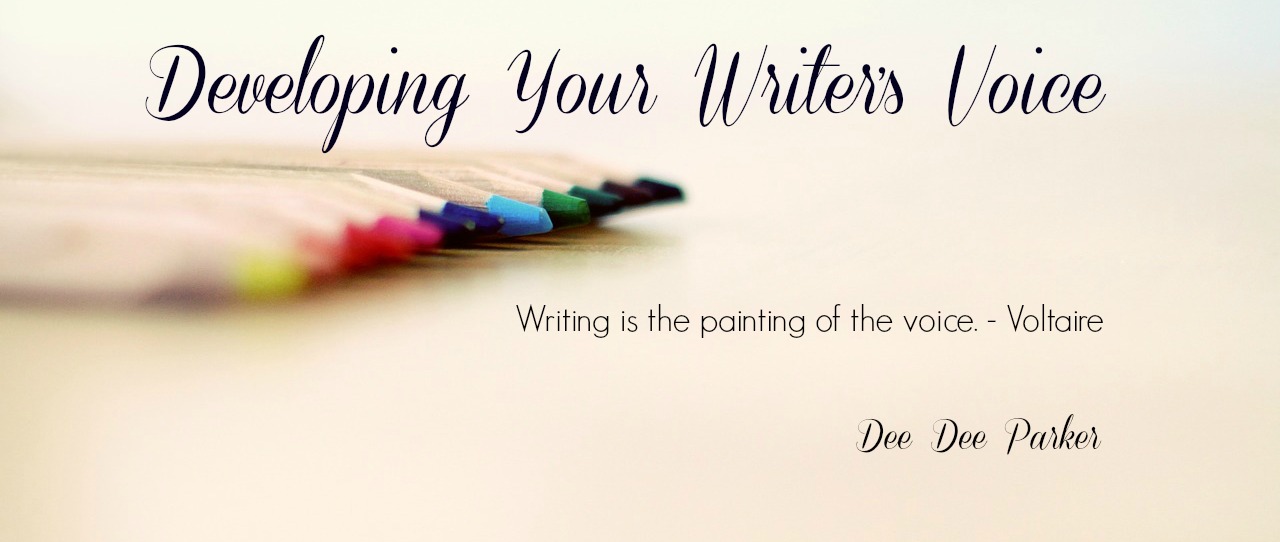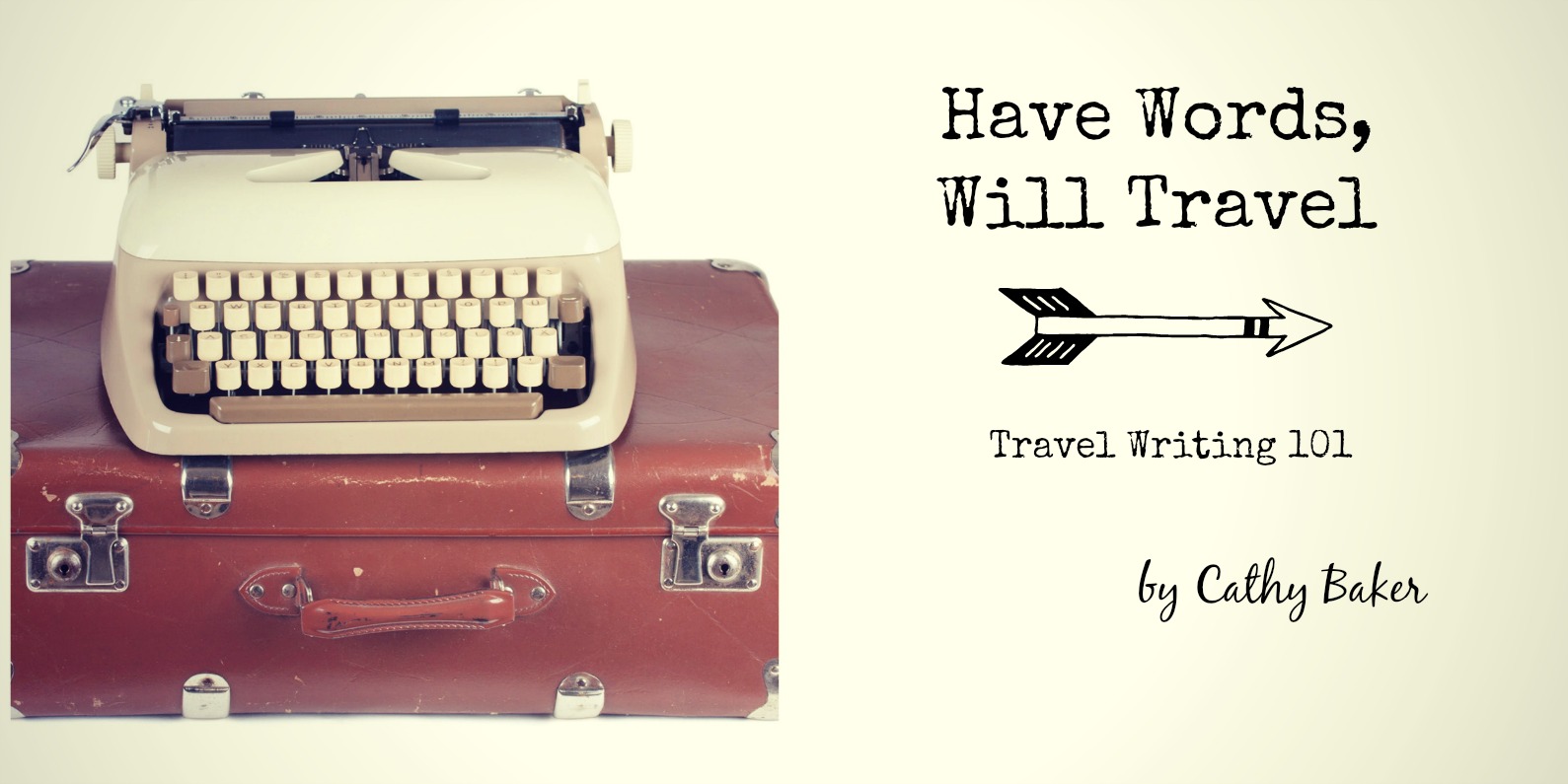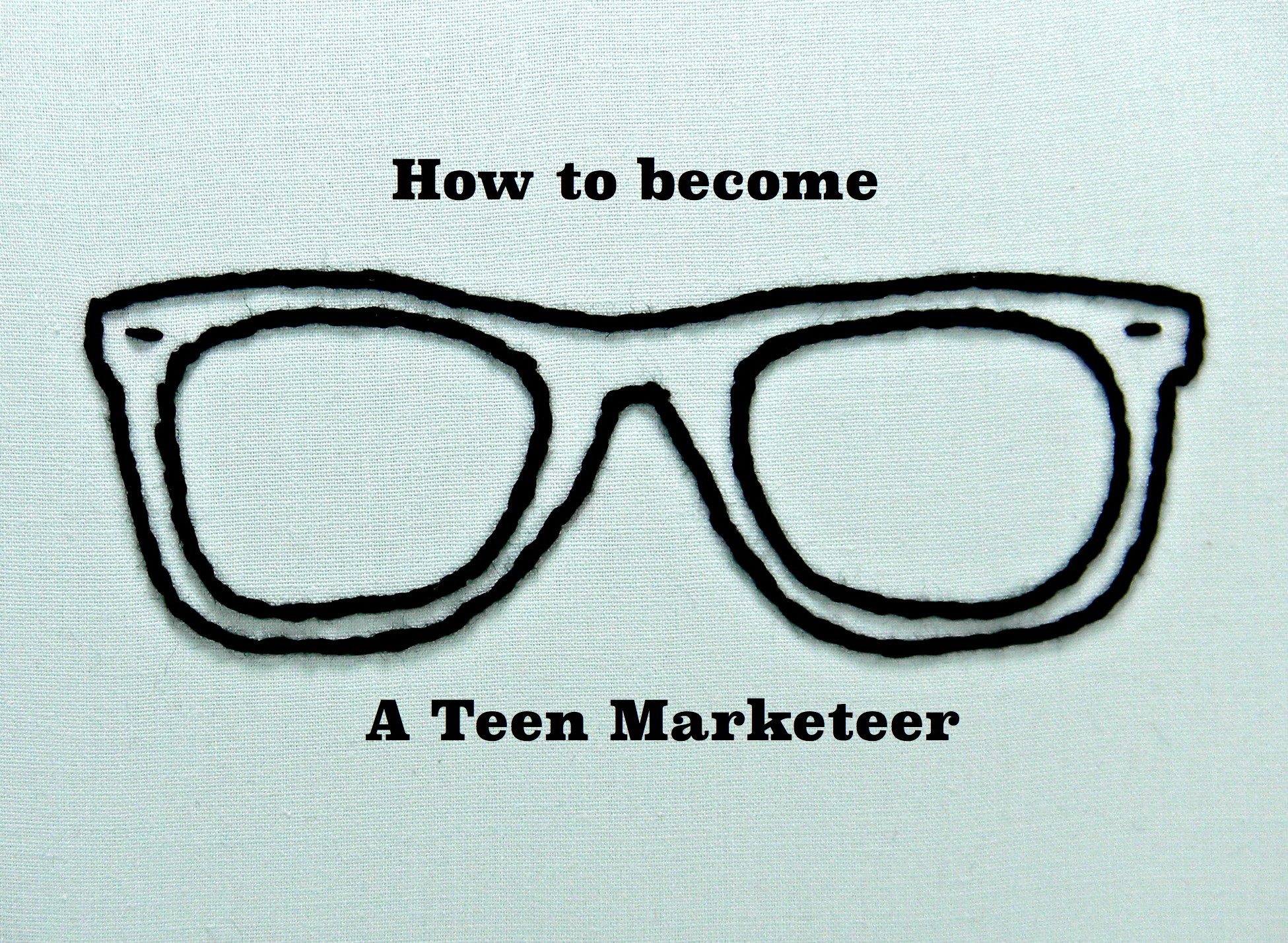
Find Your Writer’s Voice Through Blogging
I enjoy blogging about the Appalachian mountains where I live. My blog speaks to the traditions, faith, lifestyle, and…
April 8, 2016
I enjoy blogging about the Appalachian mountains where I live. My blog speaks to the traditions, faith, lifestyle, and…
April 8, 2016
By Doug Peterson In the Oscar-winning movie, Braveheart, the hero William Wallace of Scotland falls in love with Isabella,…
April 6, 2016
“My last point about getting started as a writer: do something first, good or bad, successful or not, and…
April 4, 2016
I traveled to Hyderabad, India recently and we had one day of sightseeing and shopping in the city. This…
March 31, 2016

I recently downloaded Sara Groves’ excellent album (CD? What do we call it these days?) Floodplain, and one of…
March 27, 2016
We’re continuing to examine words that are used incorrectly. Enthused/Enthusiastic—Although enthused has become acceptable in standard usage, old school…
March 12, 2016
Many of us belong to writers groups that meet regularly with the goal of honing our writing skills, finding…
March 7, 2016
As much as I’d like to say that the following travel sites are in celebration of the renewal of…
March 2, 2016
When I was in India recently, our team leader told of an Indian child who asked her if the…
February 29, 2016
One of the occupational hazards of the writing-editing life is back and/or neck pain as a result of poor…
February 27, 2016
Have you ever tried to impress people? Given that extra effort to stand out in the crowd, to get…
February 24, 2016
Shortly after moving to the Islands, a new habit easily became walking early on the beach. On one particular…
February 18, 2016
“I write only because there is a voice within me that will not be still.” –Sylvia Plath Are there…
February 14, 2016
Sometimes we feel like cracked pots. An old story tells of a water-bearer in India who daily carried two…
February 4, 2016
I remember when I had my first Twitter shock a few years ago: I discovered that people post pornography…
February 1, 2016
I’m not sure what historical novelists did before the advent of the Internet. What takes a matter of minutes…
January 22, 2016
Where to begin? I had a friend ask me this question recently, who is interested in writing a young…
January 15, 2016
“Setting goals is the first step in turning the invisible to the visible.” -Tony Robbins Whether you’re a natural…
January 1, 2016
What comes first? Do you begin with a great plot idea, and then create characters to fill out the…
December 24, 2015
Becoming the Teen Marketeer As teen writers we’re faced with the question, “are we marketable?” And in an adult…
December 23, 2015
There are two schools of thought about Christmas newsletters we receive from friends and family. One group loves them,…
December 2, 2015
Tis the season to gift, and be gifted! Maybe you may have a favorite travel writer on your list,…
December 1, 2015
She experienced some miraculous moments. Her name is Betty Killian. For years this precious woman raised children and helped…
November 25, 2015
[bctt tweet=”5 Ways #TeenWriters Can Gain Experience & Increase Chances of Publication @tessaemilyhall #amwriting”] A degree in creative writing…
November 2, 2015